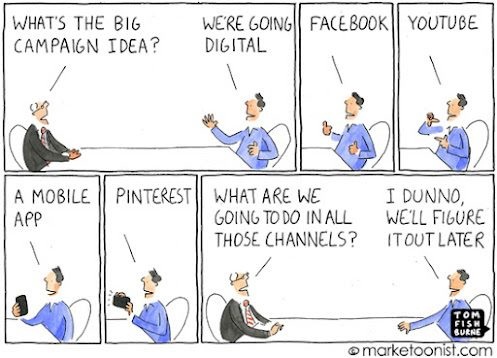Evidence: Facts improve the quality of strategic planning
Wednesday, August 7th, 2013One of the things that makes a significant difference in the quality of strategic planning is the extent to which the process is informed by objective information. Too often processes can become thinly veiled exercises that reinforce dominant opinion or intuition alone. While intuition is an important tool for planning, it needs to be fed by facts.
A good strategic discussion or planning process will look for facts to answer the following questions.
Who are our competitors or collaborators? What are they experiencing? These questions are answered by an environmental analysis or environmental scan.
Is our mission/vision still resonating internally and externally? What do our employees think? What do our customers or other key audiences think about our mission or vision? Is it still relevant? These questions are answered through dialogue and surveys about mission and vision.
What is happening in our industry? What is no longer happening? What’s starting to happen? How can these changes be measured? This information is explored through review of industry trends and benchmarks.
What do we want to do? How can we measure that? Setting measurable organizational performance outcomes creates a target that guides strategic discussions.
How well are we doing now? Evaluating current performance against target outcomes (above) gives the organization objective information about the gap between current and desired performance.
How do our most important audiences see our challenges and opportunities? Interviews, surveys and focus groups with stakeholder groups provide much needed perspective and often unexpected insights that can fuel the strategic planning process.
How do our conflicts, obstacles or challenges give us an opportunity for innovation? Many organizations see tensions or obstacles as either/or problems. The opportunity for strategic innovation comes from holding the tension between two opposing views until a third (and sometimes more) option appears.
A recent study of strategic planning among non-profit organizations suggests that high performing organizations are more than twice as likely to include the types of evidence-gathering described above. Whether you are a non-profit or for-profit, the degree to which your process uses objective information for decision-making and innovation will make a difference in the value you realize from strategy and execution.









